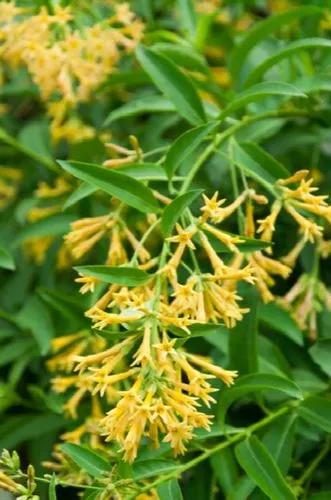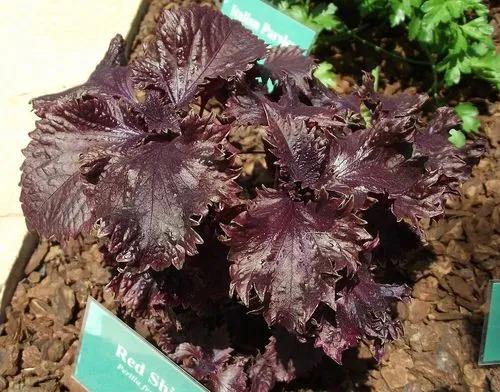A unique and striking North American native with unusual two-toned flowers backed by very fine green foliage. The blooms appear continuously through the hottest of summers until the first frost in fall.
Salvia X Microphylla “hot Lips” Care
Salvia Microphylla Hot Lips



How to Care for the Plant

Water

Most varieties of salvia are drought tolerant once established, but they'll look better with occasional water.

Pruning

Deadheading is important to encourage repeat blooming. However, if you are looking to harvest seed, leave a few flowerheads to dry naturally on the plant. Collect the seedpods and shake out into a bag or jar.

Fertilizer

Most salvias are light feeders and only occasionally need fertilizer. A light application of a balanced fertilizer or compost in early spring can be sufficient.

Sunlight

Full sun, 6 hours of sunlight a day is needed to promote flowering. There are varieties that will also tolerate partial shade.

Soil

Salvia plants don't need rich soil, but they must have good drainage. If your soil is heavy, plant "proud", or slightly higher than the surrounding grade. In pots, a mixture of ordinary garden soil mixed with perlite allows water to drain rapidly. Whether in the garden or in a pot, a mulch of wood chips or small, rough-edged rock is highly recommended to not only protect the roots, but to help keep the soil temperature and moisture consistent.

Container

Picking the right spot for your salvia can make a difference in how well the plant grows and flowers. Most salvias will be happiest in a sunny spot with good drainage. Use them along your home's foundation or as part of mixed perennial borders. They can also be grown in containers. Salvias are especially nice for growing along paths because of the way they spill over and soften the edges.

Additional

Salvia is not poisonous to dogs, cats, or horses; however, if ingested in large quantities it can cause temporary stomach upset.

Popularity

248 people already have this plant 78 people have added this plant to their wishlists
Discover more plants with the list below
Popular articles






